 The US Lumber Coalition is ‘astounded’ by Canada’s response to duty hike, says statements are biased, demonstrate misunderstanding of US trade laws. In related news: the new duties are officially published; BC faces cascading risks, as small sawmills brace for bigger hit; and an analyst comments on why the US still needs Canadian imports. Meanwhile: Railroaders Union Pacific and Norfolk Southern are merging; Cascades invests in its Quebec tissue plant; an explosion at a Nebraska wood pellet plant; and Clemson University has a new director of Wood Utilization & Design.
The US Lumber Coalition is ‘astounded’ by Canada’s response to duty hike, says statements are biased, demonstrate misunderstanding of US trade laws. In related news: the new duties are officially published; BC faces cascading risks, as small sawmills brace for bigger hit; and an analyst comments on why the US still needs Canadian imports. Meanwhile: Railroaders Union Pacific and Norfolk Southern are merging; Cascades invests in its Quebec tissue plant; an explosion at a Nebraska wood pellet plant; and Clemson University has a new director of Wood Utilization & Design.
In Forestry/Climate news: the US plans to revoke underpinning claim that GHGs pose a threat to public health; the US timber industry and forest carbon credits can coexist; a study says Ontario’s forest management is falling short; bobcats make a comeback in Ohio; and the EU deforestation law may boost Russian timber. Meanwhile: Arizona, Oregon and BC wildfires beget alerts; while Whistler’s fire danger is forecast to hit extreme.
Finally, a new BC Wildfire Service video on factors that influence fire behaviour.
Kelly McCloskey, Tree Frog News Editor

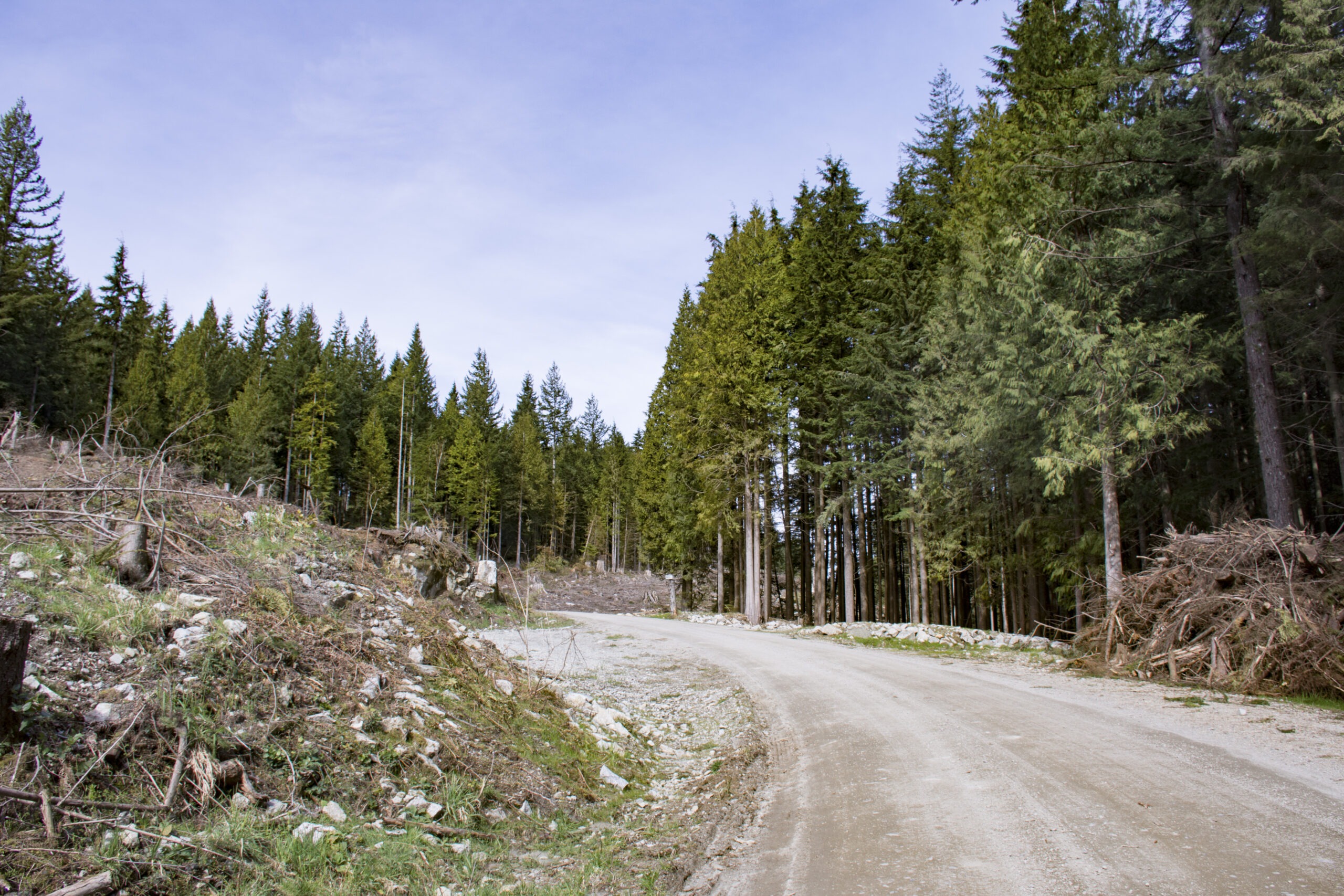 A new report warns the impacts on B.C.
A new report warns the impacts on B.C. 




 Mass timber is an emerging construction technology growing in popularity in the United States. One obstacle to the gradual adoption of mass timber construction is the limited availability of qualified engineers and designers. Although successful efforts have been made to address research topics related to mass timber design and … adoption as a construction material, little research has been conducted to identify desired student outcomes for undergraduate civil or structural engineering students working with mass timber after graduation. This paper describes the development of an industry-guided educational resource for curriculum development to improve the alignment between undergraduate student outcomes and employer requirements related to mass timber design. …The findings reflect a prioritization of competencies related to the design of mass timber elements and structures, an understanding of material characteristics, the navigation of available design resources, contributions to project deliverables, and the support of sustainability goals.
Mass timber is an emerging construction technology growing in popularity in the United States. One obstacle to the gradual adoption of mass timber construction is the limited availability of qualified engineers and designers. Although successful efforts have been made to address research topics related to mass timber design and … adoption as a construction material, little research has been conducted to identify desired student outcomes for undergraduate civil or structural engineering students working with mass timber after graduation. This paper describes the development of an industry-guided educational resource for curriculum development to improve the alignment between undergraduate student outcomes and employer requirements related to mass timber design. …The findings reflect a prioritization of competencies related to the design of mass timber elements and structures, an understanding of material characteristics, the navigation of available design resources, contributions to project deliverables, and the support of sustainability goals. 
 A recent report out of British Columbia suggests using beneficial fires to build wildfire resilience. In the Yukon, that idea is not new — but finding a way to reap the benefits of fire while preventing devastation is a delicate balancing act. …the
A recent report out of British Columbia suggests using beneficial fires to build wildfire resilience. In the Yukon, that idea is not new — but finding a way to reap the benefits of fire while preventing devastation is a delicate balancing act. …the 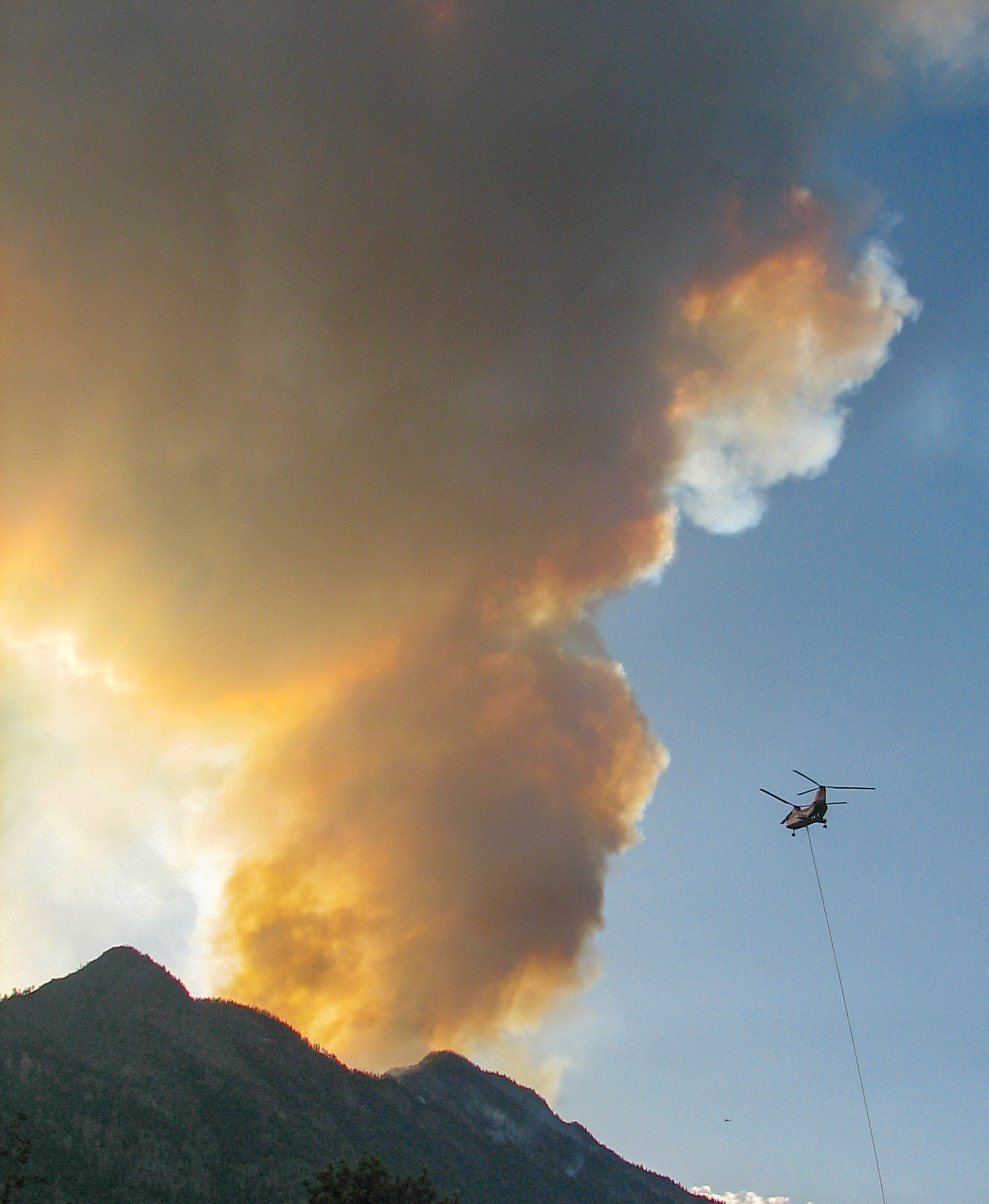 …The National Film Board–produced Incandescence is just one of several documentaries either released this year or currently in production that speak to the province’s new reality and the urgency of the climate crisis that’s fuelled it. This spring, B.C.’s Knowledge Network released a five-part docuseries called Wildfire, about BC Wildfire Service firefighters and the on-the-ground reality of their work. A third crowdfunded documentary, BC is Burning, recently finished production and had its first community screenings in the Okanagan in June. The appearance of these films feels especially timely, and speaks to deeper trends around documentary as a storytelling tool in times of social or ecological crisis. “Environmental documentaries have kind of come in waves that are often in response to policy,” says Chelsea Birks, the learning and outreach director at Vancouver’s The Cinematheque and a film studies lecturer at the University of British Columbia. She says climate change is not an easy subject to capture.
…The National Film Board–produced Incandescence is just one of several documentaries either released this year or currently in production that speak to the province’s new reality and the urgency of the climate crisis that’s fuelled it. This spring, B.C.’s Knowledge Network released a five-part docuseries called Wildfire, about BC Wildfire Service firefighters and the on-the-ground reality of their work. A third crowdfunded documentary, BC is Burning, recently finished production and had its first community screenings in the Okanagan in June. The appearance of these films feels especially timely, and speaks to deeper trends around documentary as a storytelling tool in times of social or ecological crisis. “Environmental documentaries have kind of come in waves that are often in response to policy,” says Chelsea Birks, the learning and outreach director at Vancouver’s The Cinematheque and a film studies lecturer at the University of British Columbia. She says climate change is not an easy subject to capture.
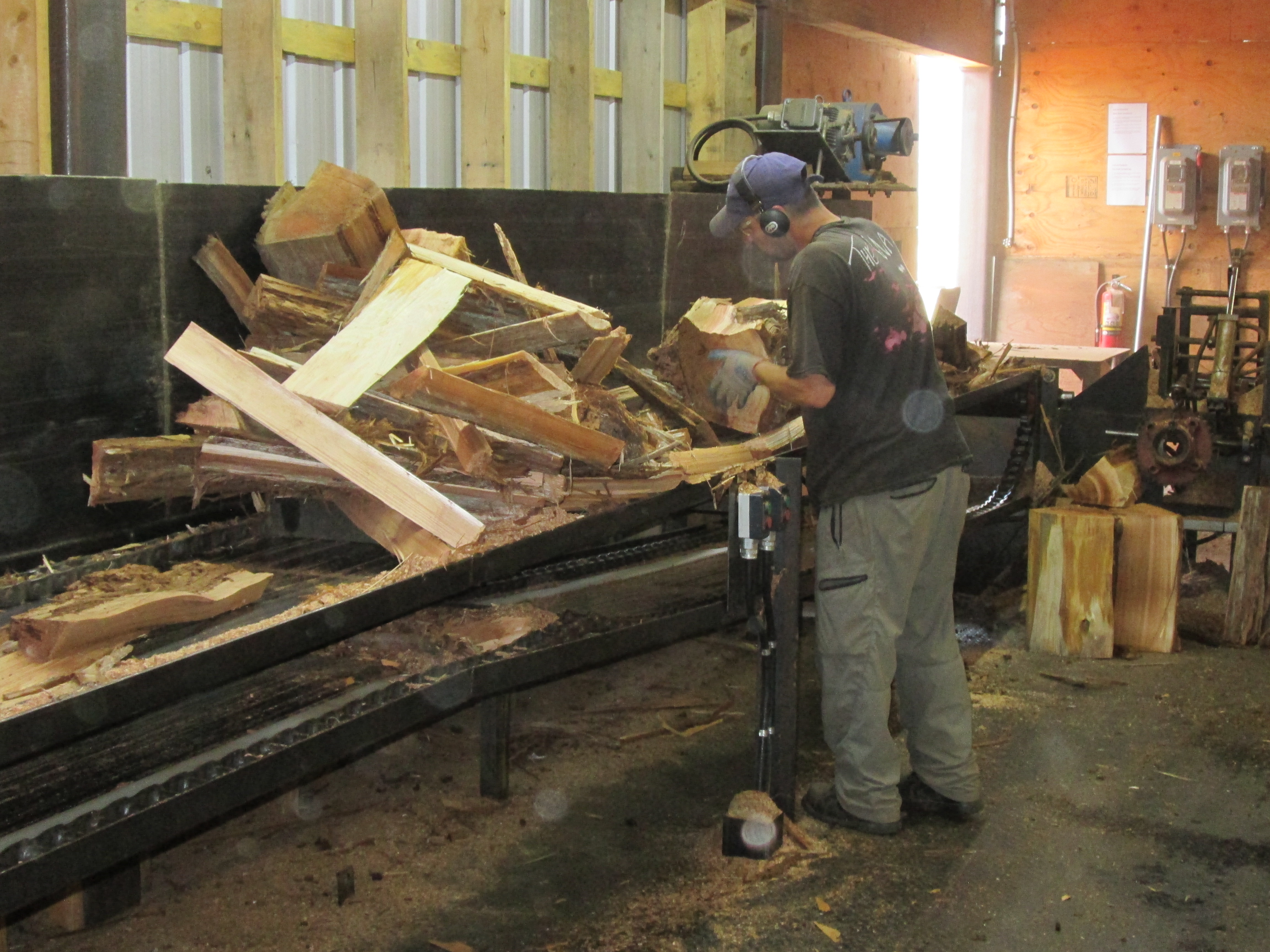

 Forming an unusual alliance, environmental and animal welfare groups have pulled together a bipartisan effort in Congress, united by universal disdain for a Biden-era plan to massacre nearly 500,000 barred owls. Killing off barred owls in an effort to save endangered spotted owls is “wasteful, inhumane and unworkable,” Wayne Pacelle, president of Animal Wellness Action and the Center for a Humane Economy said. Those groups hailed the introduction Wednesday of the Congressional Review Act (CRA) to nullify the Biden-era barred owl management strategy. …In September 2024, the Biden administration approved a $1.3 billion plan for U.S. Fish and Wildlife Service (FWS) agents to shoot about 470,000 barred owls over the next 30 years in Washington, Oregon and California. The justification was to give spotted owls a better chance of recovery under the assumption that barred owls bully their smaller cousins out of vital, old-growth forest habitat. …Federal wildlife agents have killed roughly 4,500 barred owls since 2009.
Forming an unusual alliance, environmental and animal welfare groups have pulled together a bipartisan effort in Congress, united by universal disdain for a Biden-era plan to massacre nearly 500,000 barred owls. Killing off barred owls in an effort to save endangered spotted owls is “wasteful, inhumane and unworkable,” Wayne Pacelle, president of Animal Wellness Action and the Center for a Humane Economy said. Those groups hailed the introduction Wednesday of the Congressional Review Act (CRA) to nullify the Biden-era barred owl management strategy. …In September 2024, the Biden administration approved a $1.3 billion plan for U.S. Fish and Wildlife Service (FWS) agents to shoot about 470,000 barred owls over the next 30 years in Washington, Oregon and California. The justification was to give spotted owls a better chance of recovery under the assumption that barred owls bully their smaller cousins out of vital, old-growth forest habitat. …Federal wildlife agents have killed roughly 4,500 barred owls since 2009. 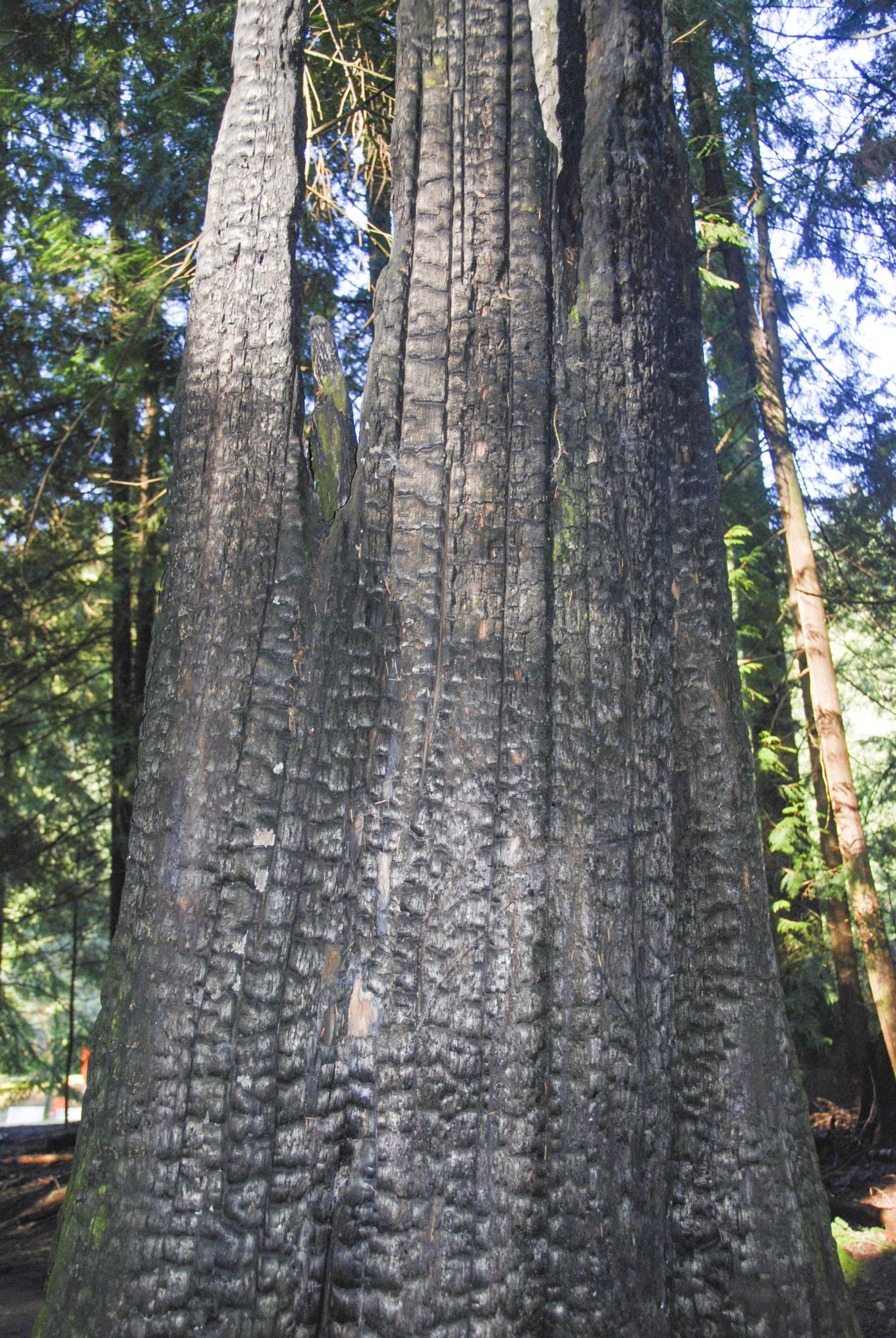 If state funding for forest health and wildfire prevention isn’t ramped back up in the next legislative session, it could hinder efforts to prevent severe fires in the coming years, Washington’s top public lands official and others warned this week. The state Legislature approved House Bill 1168 in 2021, which committed $500 million over eight years to the state Department of Natural Resources for wildfire preparedness and response. State spending had largely kept up with that target until this year, with the department receiving $115 million in the last two-year budget and $130 million in the one before that. Then this year, as lawmakers confronted a budget shortfall, they slashed the wildfire preparedness funding to just $60 million for the next two years. The Department of Natural Resources says it’s prepared for this fire season and has money left over from past years. But the funding rollback has sparked concerns.
If state funding for forest health and wildfire prevention isn’t ramped back up in the next legislative session, it could hinder efforts to prevent severe fires in the coming years, Washington’s top public lands official and others warned this week. The state Legislature approved House Bill 1168 in 2021, which committed $500 million over eight years to the state Department of Natural Resources for wildfire preparedness and response. State spending had largely kept up with that target until this year, with the department receiving $115 million in the last two-year budget and $130 million in the one before that. Then this year, as lawmakers confronted a budget shortfall, they slashed the wildfire preparedness funding to just $60 million for the next two years. The Department of Natural Resources says it’s prepared for this fire season and has money left over from past years. But the funding rollback has sparked concerns. The restoration of gray wolves in Yellowstone National Park has helped revive an aspen tree population unique to the region, a new study has found. Quaking aspen, one of the few deciduous tree species in the northern Rocky Mountain ecosystem, is once again thriving, after suffering severe decline during the 20th century, according to a new study. “This is a remarkable case of ecological restoration,” lead author, Luke Painter, at Oregon State University’s College of Agricultural Sciences, said. The decline in aspen growth occurred in tandem with a surge in Rocky Mountain elk, which had lost a key predator following the elimination of wolves from the region by 1930. …At the same time… aspen recovery hasn’t been uniform across northern Yellowstone — and the growth is subject to numerous potential threats including climate change and encroachment of coniferous trees, are possible such factors. And other herbivores have increased in the region.
The restoration of gray wolves in Yellowstone National Park has helped revive an aspen tree population unique to the region, a new study has found. Quaking aspen, one of the few deciduous tree species in the northern Rocky Mountain ecosystem, is once again thriving, after suffering severe decline during the 20th century, according to a new study. “This is a remarkable case of ecological restoration,” lead author, Luke Painter, at Oregon State University’s College of Agricultural Sciences, said. The decline in aspen growth occurred in tandem with a surge in Rocky Mountain elk, which had lost a key predator following the elimination of wolves from the region by 1930. …At the same time… aspen recovery hasn’t been uniform across northern Yellowstone — and the growth is subject to numerous potential threats including climate change and encroachment of coniferous trees, are possible such factors. And other herbivores have increased in the region.
 The Salt River Project has extended its partnership with the state to thin watersheds, which will also improve fire protection for communities in Rim Country and the White Mountains. In the past five years, The Valley utility has worked with the Arizona Department of Forestry and Fire Management to thin 35,000 acres of overgrown forest, including a portion of the watershed of the C.C. Cragin Reservoir. SRP has also signed long-term contracts to buy electricity from NovoBiopower, the state’s only biomass burning power plant. The Snowflake power plant remains crucial to forest restoration efforts by providing one of the few markets for the tons of low-value biomass removed on each acre treated. SRP issued a release this week stating it hopes to fund the treatment of another 52,000 acres in the next five years. SRP also helped thin overgrown forests outside Payson, adding to a buffer zone protecting the community from wildfires.
The Salt River Project has extended its partnership with the state to thin watersheds, which will also improve fire protection for communities in Rim Country and the White Mountains. In the past five years, The Valley utility has worked with the Arizona Department of Forestry and Fire Management to thin 35,000 acres of overgrown forest, including a portion of the watershed of the C.C. Cragin Reservoir. SRP has also signed long-term contracts to buy electricity from NovoBiopower, the state’s only biomass burning power plant. The Snowflake power plant remains crucial to forest restoration efforts by providing one of the few markets for the tons of low-value biomass removed on each acre treated. SRP issued a release this week stating it hopes to fund the treatment of another 52,000 acres in the next five years. SRP also helped thin overgrown forests outside Payson, adding to a buffer zone protecting the community from wildfires.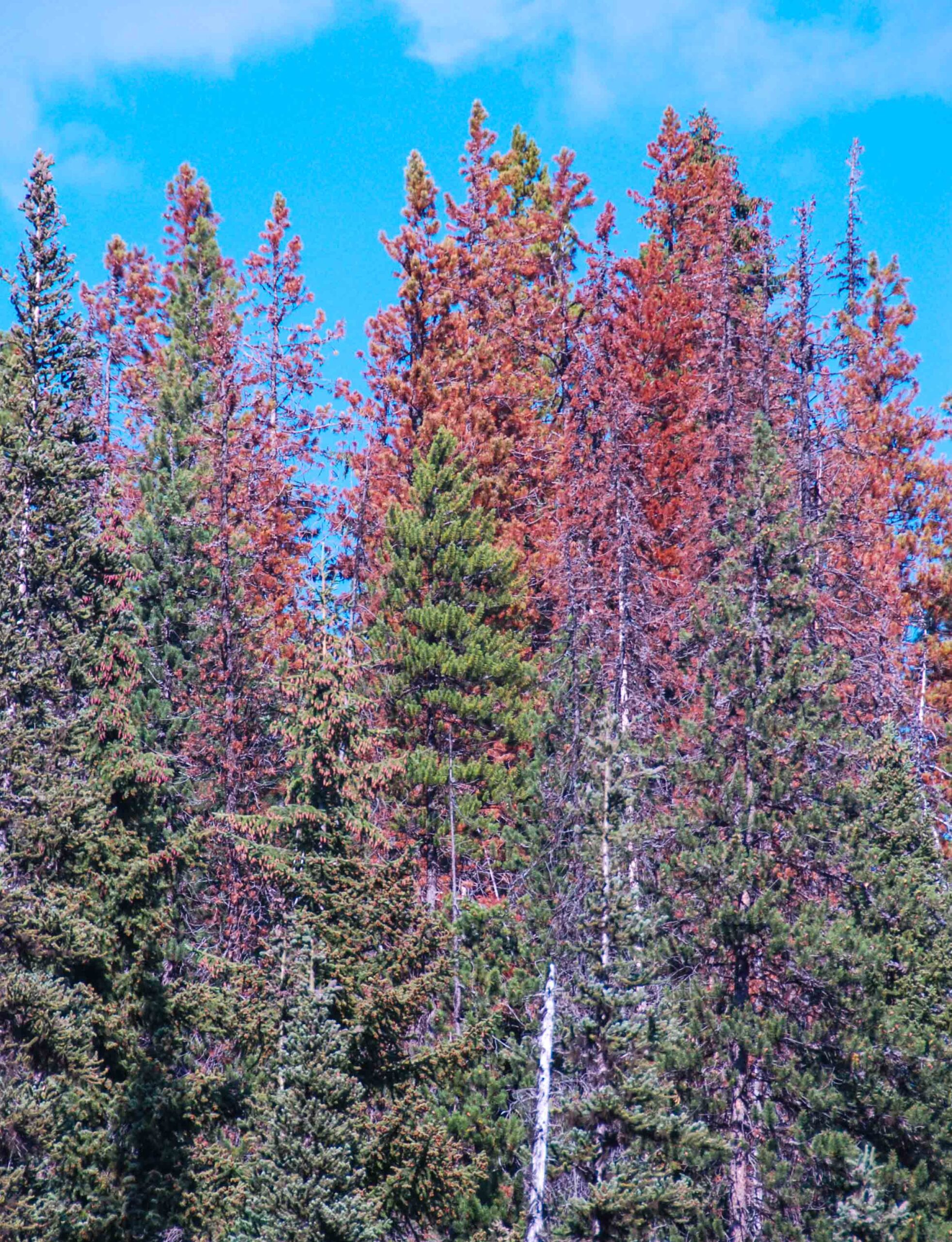 Crested Butte Mountain Resort (CBMR) in central Colorado has been dealing with a mountain pine beetle infestation for the last two years, but the Gunnison County resort is fighting back using small packets of pheromones stapled to trees. Beetles were first detected mountainside at CBMR in 2023… During the 2024 season, ground crews revisited large areas of lodgepole pine within and around CBMR’s boundaries, confirming limited but recent beetle activity among the trees. …But now CBMR Mountain Operations, alongside rangers with the U.S. Forest Service, are fighting the beetles back with the help of verbenone pheromone packets. Verbenone is an anti-aggregation pheromone produced by mountain pine beetles to indicate a tree has reached maximum capacity, letting other beetles know there are no resources available to consume within the tree.
Crested Butte Mountain Resort (CBMR) in central Colorado has been dealing with a mountain pine beetle infestation for the last two years, but the Gunnison County resort is fighting back using small packets of pheromones stapled to trees. Beetles were first detected mountainside at CBMR in 2023… During the 2024 season, ground crews revisited large areas of lodgepole pine within and around CBMR’s boundaries, confirming limited but recent beetle activity among the trees. …But now CBMR Mountain Operations, alongside rangers with the U.S. Forest Service, are fighting the beetles back with the help of verbenone pheromone packets. Verbenone is an anti-aggregation pheromone produced by mountain pine beetles to indicate a tree has reached maximum capacity, letting other beetles know there are no resources available to consume within the tree.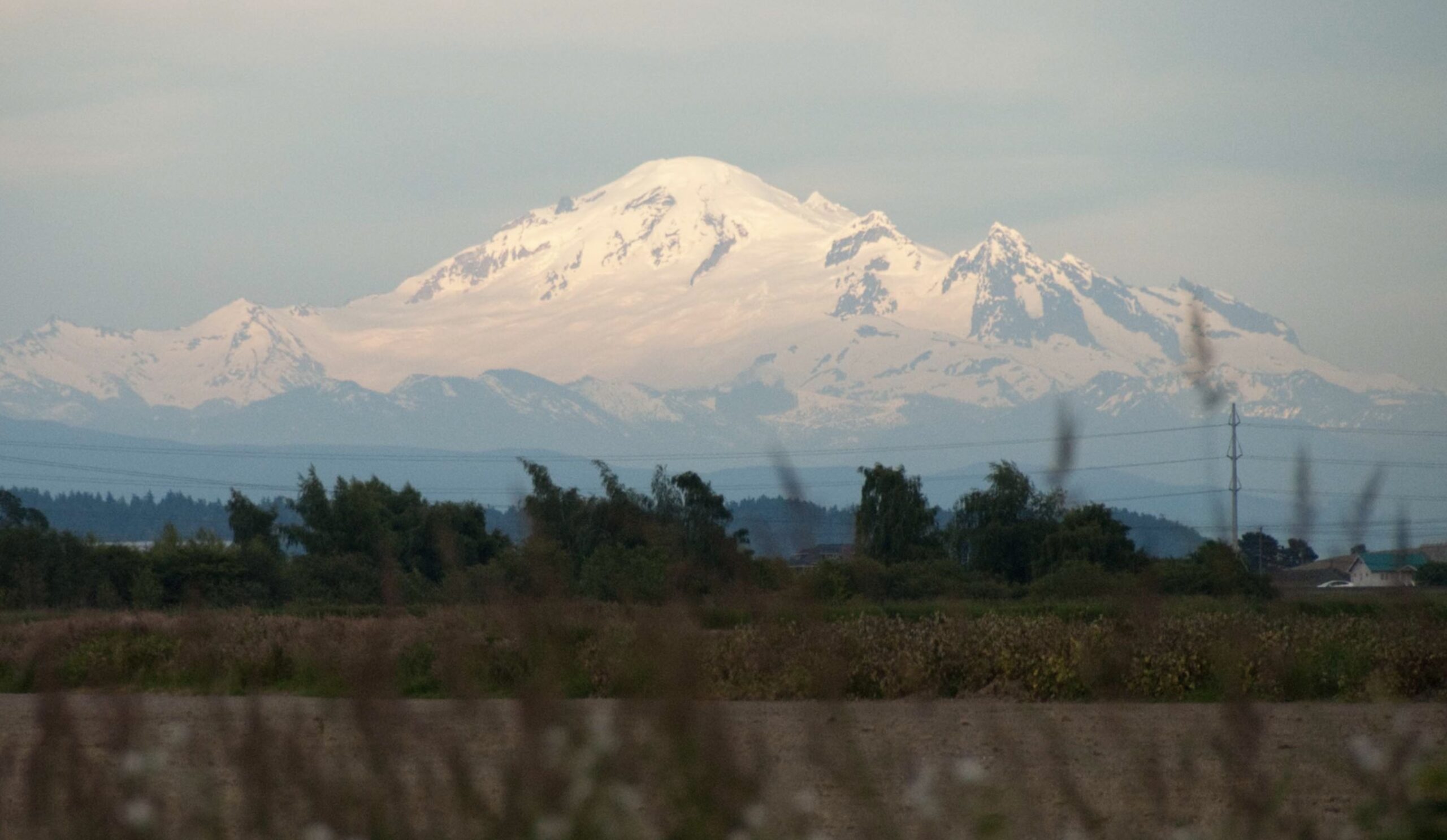 The state of Washington will get about $20 million for wildfire fighting efforts after a months-long delay, a Washington congresswoman confirmed Thursday. The Trump administration distributed $280 million in federal funding to forestry agencies across the country, according to the office of U.S. Sen. Maria Cantwell, D-Washington. The money will help fund the Washington State Department of Natural Resources’ efforts to train and equip wildland firefighters across the state. “The state of Washington is in the middle of an active and dangerous wildfire season,” Cantwell said in a news release. “After questioning the Chief of the Forest Service and the Secretary of Agriculture, I am pleased that Washington — and all states — are finally receiving the funding they need to prepare for and respond to wildfires this summer and in the future.”
The state of Washington will get about $20 million for wildfire fighting efforts after a months-long delay, a Washington congresswoman confirmed Thursday. The Trump administration distributed $280 million in federal funding to forestry agencies across the country, according to the office of U.S. Sen. Maria Cantwell, D-Washington. The money will help fund the Washington State Department of Natural Resources’ efforts to train and equip wildland firefighters across the state. “The state of Washington is in the middle of an active and dangerous wildfire season,” Cantwell said in a news release. “After questioning the Chief of the Forest Service and the Secretary of Agriculture, I am pleased that Washington — and all states — are finally receiving the funding they need to prepare for and respond to wildfires this summer and in the future.”

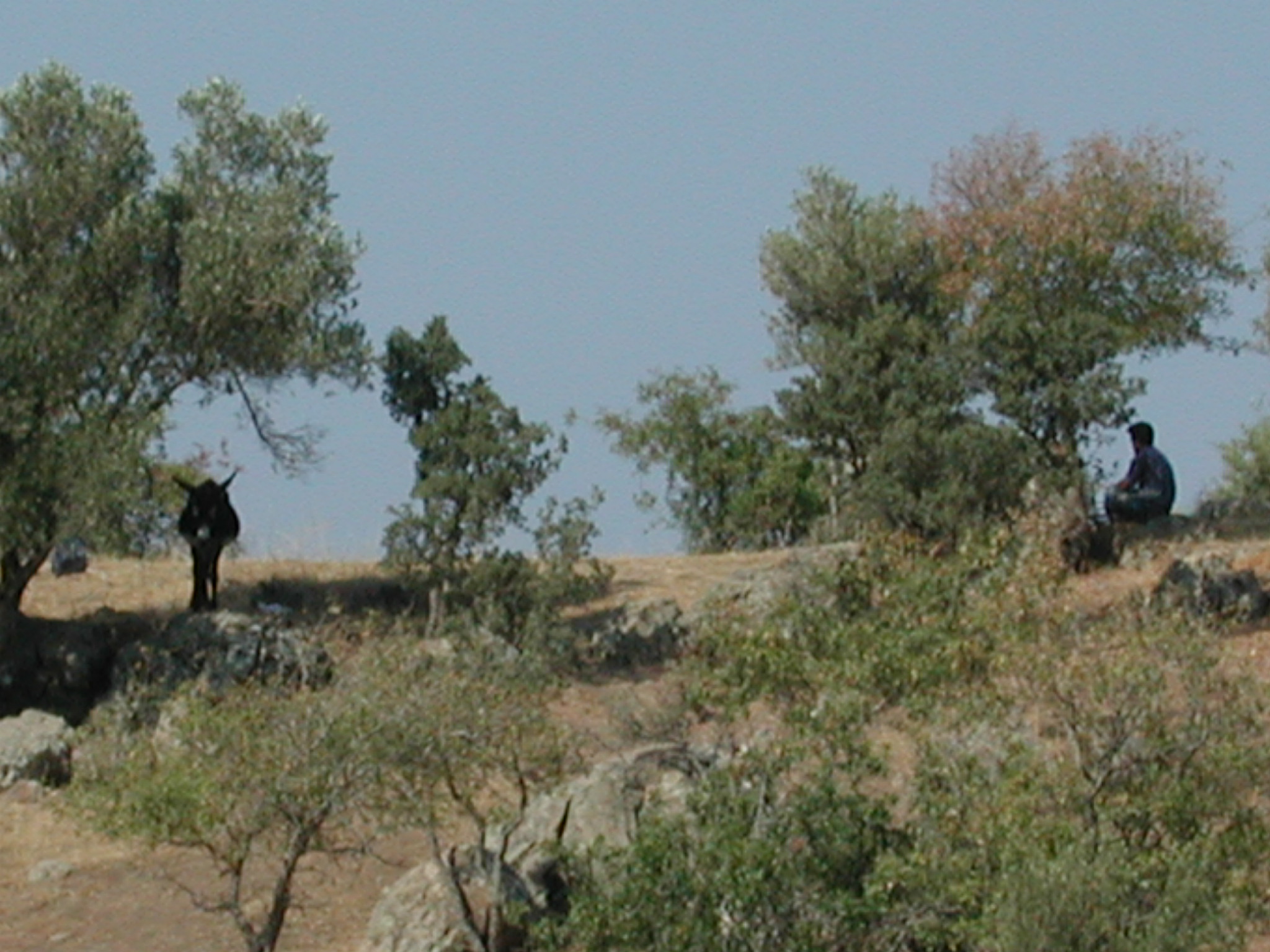 KALAVRYTA, Greece – Around the village of Kalavryta in southwestern Greece, hundreds of dying fir trees stand out among the dark green foliage, a stark reminder of how drought slowly drains the life from nature. Greek fir species Abies cephalonica are known to need cooler, moist climates. But prolonged droughts in recent years linked to a fast-changing climate in Greece are leaving them exposed to pest infestations, scientists and locals said. …Less water and moisture mean that fir trees become more vulnerable to attacks by pests that bore into their bark to lay eggs and create tunnels, disrupting the trees’ ability to transport nutrients between roots and branches and leading to their death. …In Kalavryta, authorities plan to remove dead and infested trees to limit the damage. But this might not be enough to save the forests. “We cannot stop climate change,” director of research at the National Observatory of Athens, Dr Kostas Lagouvardos said.
KALAVRYTA, Greece – Around the village of Kalavryta in southwestern Greece, hundreds of dying fir trees stand out among the dark green foliage, a stark reminder of how drought slowly drains the life from nature. Greek fir species Abies cephalonica are known to need cooler, moist climates. But prolonged droughts in recent years linked to a fast-changing climate in Greece are leaving them exposed to pest infestations, scientists and locals said. …Less water and moisture mean that fir trees become more vulnerable to attacks by pests that bore into their bark to lay eggs and create tunnels, disrupting the trees’ ability to transport nutrients between roots and branches and leading to their death. …In Kalavryta, authorities plan to remove dead and infested trees to limit the damage. But this might not be enough to save the forests. “We cannot stop climate change,” director of research at the National Observatory of Athens, Dr Kostas Lagouvardos said.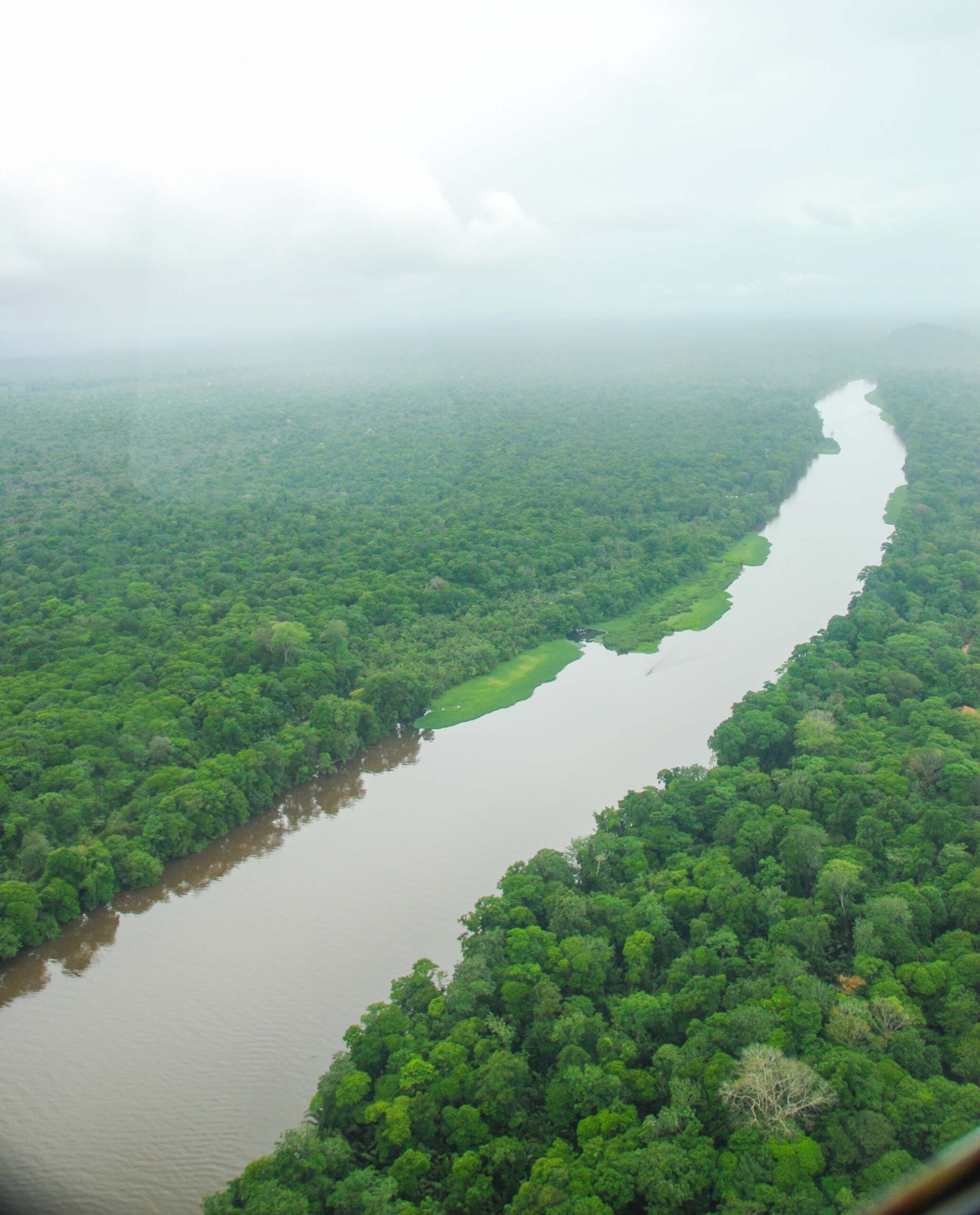 Costa Rica is advancing with the creation of a National Forest Traceability System, a key tool to guarantee the legality and sustainability of timber use. Public and private sectors came together for the first time to plan this initiative. This process is led by the Ministry of Environment and Energy through the Vice Ministries of Environment and Strategic Management of Costa Rica, with technical support from the FAO. It is part of a national strategy to strengthen forest legality, reduce the risk of illegal timber trade, and enhance the competitiveness of the Costa Rican forestry sector in demanding markets such as Europe (EUDR) and the United States (Lacey Act). “Costa Rica has made significant progress in forest legality, but the next step is to integrate technology and innovation into the process to ensure traceability from the farm to the primary wood product,” commented Franz Tattenbach, Minister of Environment and Energy.
Costa Rica is advancing with the creation of a National Forest Traceability System, a key tool to guarantee the legality and sustainability of timber use. Public and private sectors came together for the first time to plan this initiative. This process is led by the Ministry of Environment and Energy through the Vice Ministries of Environment and Strategic Management of Costa Rica, with technical support from the FAO. It is part of a national strategy to strengthen forest legality, reduce the risk of illegal timber trade, and enhance the competitiveness of the Costa Rican forestry sector in demanding markets such as Europe (EUDR) and the United States (Lacey Act). “Costa Rica has made significant progress in forest legality, but the next step is to integrate technology and innovation into the process to ensure traceability from the farm to the primary wood product,” commented Franz Tattenbach, Minister of Environment and Energy. THUNDER BAY — The Government of Ontario is protecting workers and jobs in the forest sector by investing over $6.2 million in research, innovation and modernization projects in Northwestern Ontario. As part of the government’s plan to protect Ontario, the investments from the Forest Biomass Program will boost Ontario’s forest sector’s competitive advantage by creating new jobs, increasing productivity and opening up opportunities for new revenue streams in new markets for underused wood and mill by-products, known as forest biomass. …Ontario’s investment is supporting
THUNDER BAY — The Government of Ontario is protecting workers and jobs in the forest sector by investing over $6.2 million in research, innovation and modernization projects in Northwestern Ontario. As part of the government’s plan to protect Ontario, the investments from the Forest Biomass Program will boost Ontario’s forest sector’s competitive advantage by creating new jobs, increasing productivity and opening up opportunities for new revenue streams in new markets for underused wood and mill by-products, known as forest biomass. …Ontario’s investment is supporting  As the B.C. Day long weekend approaches, people are encouraged to stay informed about wildfire conditions, be prepared and plan travel. Warming summer temperatures and ongoing drought mean much of British Columbia is at heightened risk of wildfire, even after recent cooler temperatures and rain. Environment and Climate Change Canada (ECCC) has forecast hot temperatures this week in B.C., with heat warnings currently in place for parts of the province. People are encouraged to prepare for hot summer weather. To access the Province’s PreparedBC extreme-heat preparedness guide,
As the B.C. Day long weekend approaches, people are encouraged to stay informed about wildfire conditions, be prepared and plan travel. Warming summer temperatures and ongoing drought mean much of British Columbia is at heightened risk of wildfire, even after recent cooler temperatures and rain. Environment and Climate Change Canada (ECCC) has forecast hot temperatures this week in B.C., with heat warnings currently in place for parts of the province. People are encouraged to prepare for hot summer weather. To access the Province’s PreparedBC extreme-heat preparedness guide,  WorkSafeBC is holding a virtual public hearing on proposed amendments to the Occupational Health and Safety Regulation. The virtual public hearing will be streamed live on September 24, 2025, in two sessions. The first will take place from 11 a.m. to 1 p.m. and the second from 3 to 5 p.m. Further information on how to view or participate in the virtual public hearing will be provided closer to the hearing date. These details will be posted on
WorkSafeBC is holding a virtual public hearing on proposed amendments to the Occupational Health and Safety Regulation. The virtual public hearing will be streamed live on September 24, 2025, in two sessions. The first will take place from 11 a.m. to 1 p.m. and the second from 3 to 5 p.m. Further information on how to view or participate in the virtual public hearing will be provided closer to the hearing date. These details will be posted on 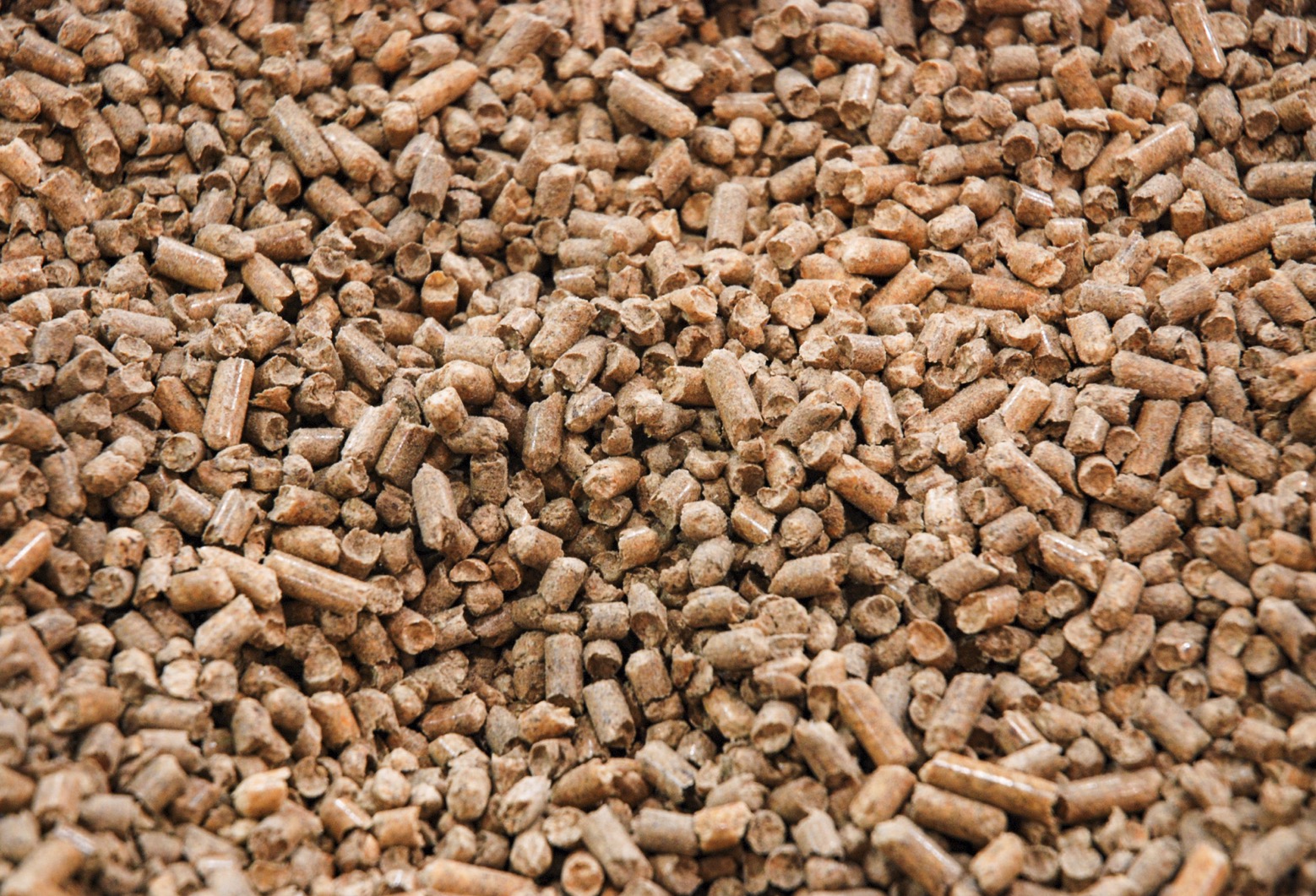 OMAHA, Neb. —
OMAHA, Neb. — 
